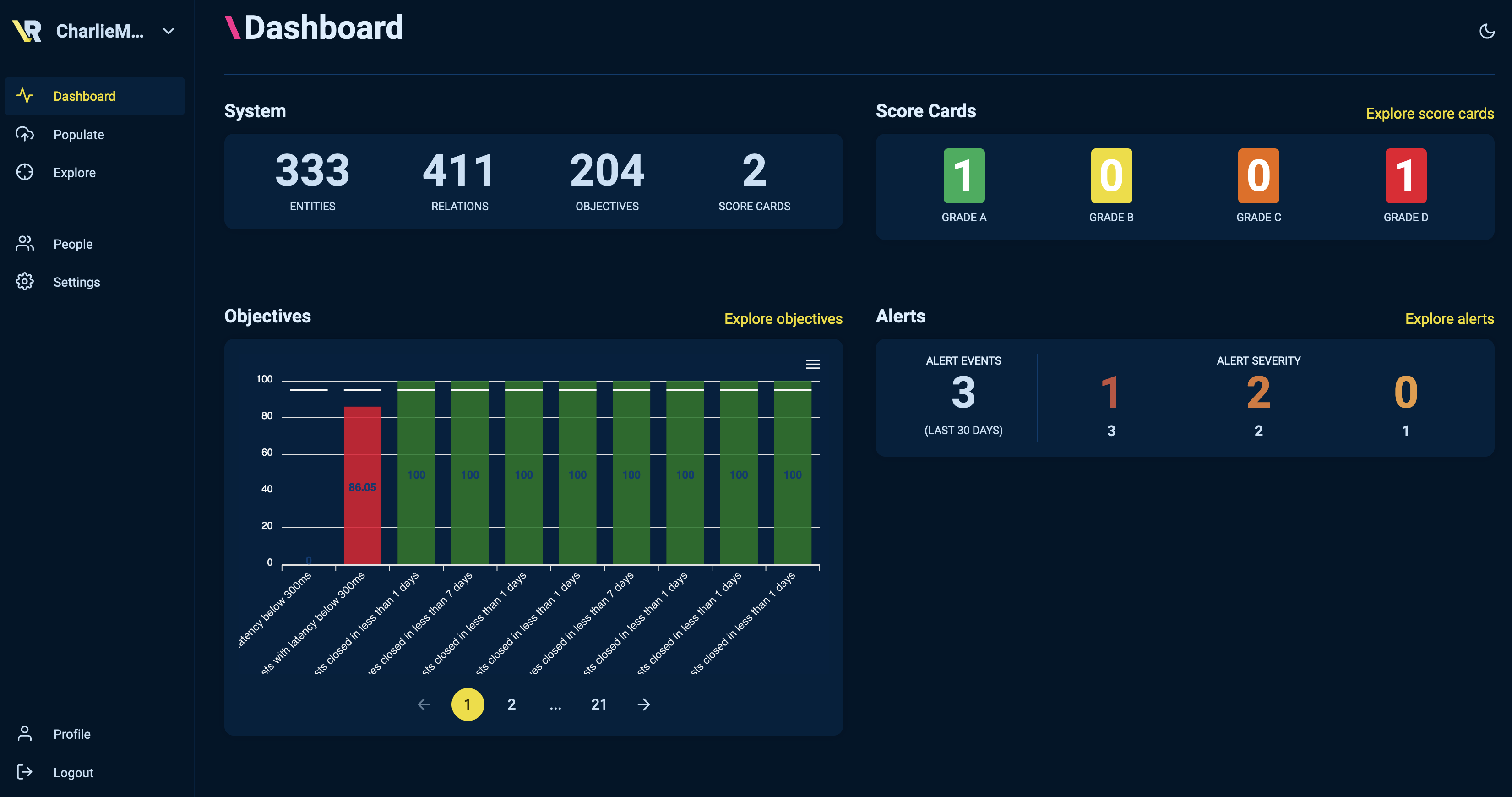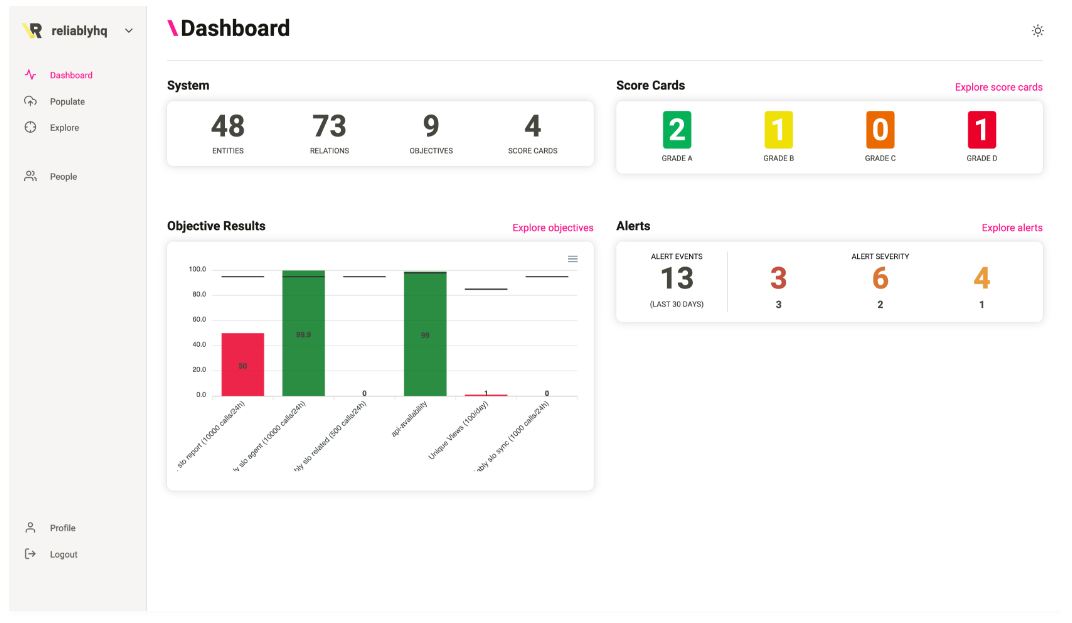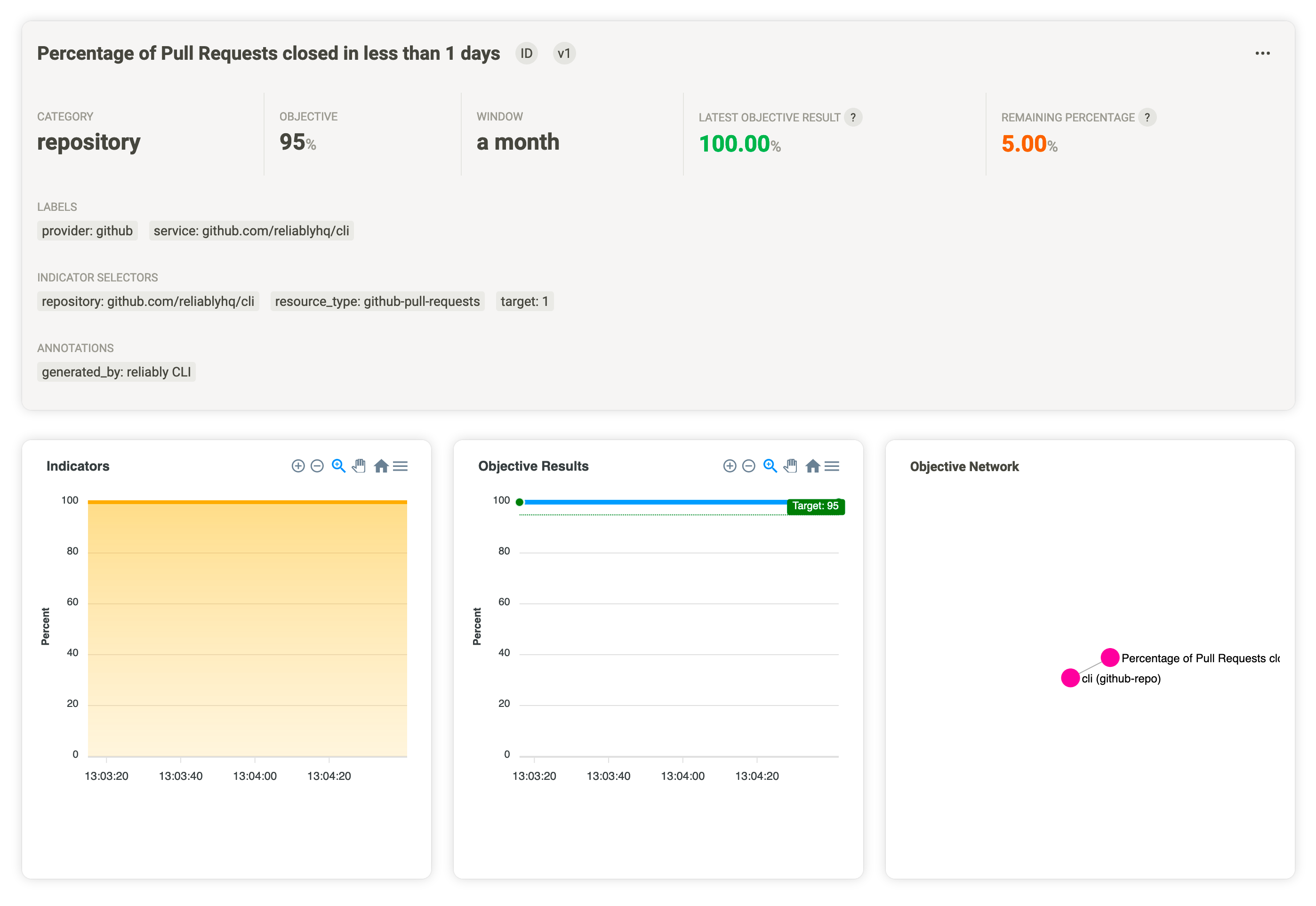Top 10 Reasons For A Site Reliability Platform

What Is a Reliability Platform?
A system’s reliability is one of the most important things that engineers should care about. They ensure customers are kept happy and keep organizations profitable. Investing in reliable processes and tools to ensure systems are reliable can be critical to company success.
Site Reliability platforms are popular choice when it comes to monitoring and observing software services as they help make responding to and solving application problems easier.
Reliability platforms reduce human error, improve governance, and help you meet operational goals.
As defined by Google, Site Reliability Engineering is ‘the process of defining and measuring reliability goals and working to improve services’.
Reliability platforms empower SRE by providing engineers with the resources necessary to build and maintain highly reliable software systems.
How Does A Reliability Platform Add Value To A Business?

Relevant elements of a software system include its availability, and reliability, among other factors. Users move away from applications or systems experiencing constant reliability and availability issues.
Reliability platforms improve system reliability, increasing customer satisfaction, and retention. Reliability platforms also regulate overspending or underspending on essential features of your systems.
A service level agreement (SLA) is always in place between your company and the service provider. This SLA assigns roles to the service provider, thereby helping your company focus on other aspects of improving services. Users like to know what they will get and expect the SLAs to be met.
10 Reasons To Use A Reliability Platform

1. Keeps users satisfied
Reliability platforms improve system reliability and performance, leading to a great user experience. Improved user experience leads to users’ happiness, increasing user retention.
System reliability means the system does what its users want it to do, which keeps the user happy.
A service that works consistently is more valuable to a customer than one that doesn’t.
Users will always choose a reliable and functional option, no matter how your features compare to your competitors. The cost of unreliable software is also higher than that of investing in reliability in advance.
A happy user is good for business.
2. Reduces MTTD and MTTR
MTTD means ‘Mean Time To Detect’ and reflects the time it takes your team to discover a potential incident. While MTTR stands for ‘Mean Time To Restore,’ it is the time taken to control or eradicate a threat your SRE team discovers.
MTTD and MTTR are incident matrices used to track and manage incidents in our system. If you do not track the right metrics, these problems can result in unplanned system downtime.
Reliability platforms help reduce MTTD and MTTR through automation. Reliability platforms resolve incidents and bring systems and services back to regular operation, having little or no effect on our entire system.
3. Helps businesses meet SLOs and SLAs
A service-level agreement (SLA) informs a reliability platform on what level of service a client requires from them. A Service Level Objective (SLO) is the agreement within an SLA.
SLA and SLO help your company and the cloud provider agree on their roles. The reliability platform helps ensure your services meet the SLA, so your SLOs are met.
When your services achieve the set SLAs and SLOs, it improves reliability in your entire system, leading to high trust in your system, which is generally good for business. Most reliability platforms are best known for keeping to SLAs.
Employing a platform that tracks your service reliability will increase the probability of meeting SLAs and SLOs.
4. Encourages culture shift
The aim of encouraging cultural shifts is to help companies achieve their objectives. A cultural change is also essential to ensure employees have a good time at work.
When a company’s current culture is not in line with its vision, mission, core values, and strategic goals, it needs a cultural shift. This misalignment shows the leaders that the organization’s culture is now making it hard to achieve its goals.
Reliability platforms make employees’ jobs easier, increasing their job satisfaction. Reliability platforms also make the achievements of your company’s objectives realistic.
5. Captures more data
Operations run smoothly when your business data is accurate and reliable.
To make helpful reliability reports, you need a system to track data about a product’s reliability. This system needs to be accurate and comprehensive.
A reliability platform automates the process of keeping track of product quality. It pulls data from different sources and presents the analysis report.
You achieve a positive synergy when you capture data with a reliability tracking tool. The planning process often helps an organization learn something new about how it works and find untapped resources it already has.
6. Encourages innovation
A reliability platform minimizes the time spent on troubleshooting and maintaining existing systems. Since a reliability platform handles the bulk of troubleshooting, your SREs and developers will have significant time to code to improve the system.
Providing developers with more time to write code means more time for innovative work. Innovative work:
- Increases the value your business offers to customers.
- Provides you with a competitive edge.
- Encourages the growth of a highly skilled development team.
- Brings job satisfaction
SRE teaches us that system failure is inevitable. No matter how careful you are, things can still go wrong.
A reliability platform presents you with the tools to attend to failures. SRE also encourages us to celebrate these failures.
You can learn more about how your systems work when something new goes wrong. This way of thinking encourages innovation.
7. Prevents failures
Site reliability platforms help estimate, prevent, and manage risks of failure and uncertainty. Although it can not wholly eliminate failures, reliability platforms:
- Evaluate an application’s inherent dependability
- Finds outliers, and
- Prevent failures.
Incorporating reliability platforms when developing software makes it more reliable and available and prevents failures. Software programs are no longer just tools that help businesses run.
Since they are businesses, the focus is on improving their reliability and reducing failure.
8. Healthier teams
It is paramount to create a company with healthy teams and productive teams. For your team to be effective, your team members must share the same vision and goals.
Your team members must have a firm resolve to make the team’s vision come to life. They must all agree on clear, measurable goals and be willing to do what they can to help the group succeed.
Reliability platforms help teams achieve goals, allowing members to learn new skills and grow.
A reliability platform reduces the frequency of incidents and toil, encouraging innovation. You can mitigate the effects of incidents with the integration of reliability platforms.
9. Reduces technical debt
Technical debt is what happens when teams put speed above quality. Technical debt includes the following:
- Non-tested code
- Code that is too hard to read
- Code that does not work
- Duplicated code
- Documentation that is not up-to-date
A reliability platform helps developers reduce technical debt while improving quality and speed. By providing team members with less time to deal with quality issues, they will finally have time to refactor code that is too complicated to improve its performance and reliability.
10. Increases uptime
Even with the most innovative solutions, achieving five nines of system uptime is difficult. Innovation relies on iteration, and the only way to avoid downtime is to do nothing, but that does not give your business a competitive edge.
Uptime is a way to measure a system’s reliability; it is the percentage of time a system has been working and available. Reliability platforms increase reliability and availability, leading to an increase in uptime.
Maintenance and improving reliability are essential parts of operational excellence.
Without them, you will have high costs and reduced output.
Best reliability platforms
The following are some of the best reliability platforms:
